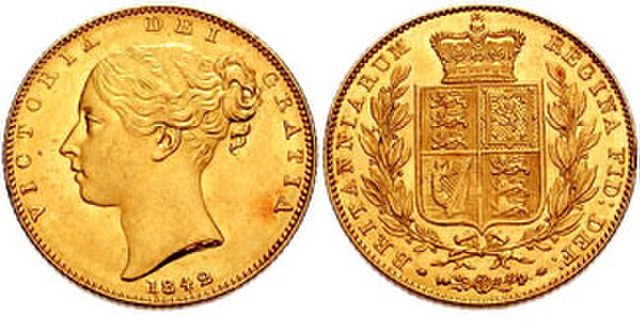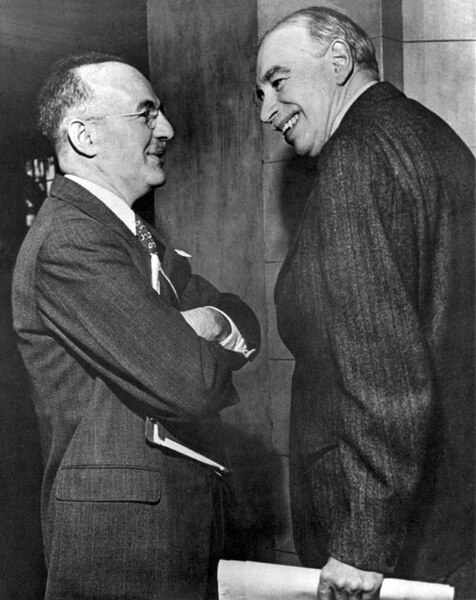International monetary system
An international monetary system is a set of internationally agreed rules, conventions and supporting institutions that facilitate international trade, cross border investment and generally the reallocation of capital between states that have different currencies. It should provide means of payment acceptable to buyers and sellers of different nationalities, including deferred payment. To operate successfully, it needs to inspire confidence, to provide sufficient liquidity for fluctuating levels of trade, and to provide means by which global imbalances can be corrected. The system can grow organically as the collective result of numerous individual agreements between international economic factors spread over several decades. Alternatively, it can arise from a single architectural vision, as happened at Bretton Woods in 1944.

Historic international currencies. From top left: crystalline gold, a 5th-century BCE Persian daric, an 8th-century English mancus, and an 18th-century Spanish real.
The British gold sovereign or £1 coin was the preeminent circulating gold coin during the classical gold standard period. of 1816 to 1914
This era saw periods of worldwide economic hardship. The image is Dorothea Lange's Migrant Mother depiction of destitute pea-pickers in California, taken in March 1936.
Harry Dexter White (left) and John Maynard Keynes (right) at Bretton Woods
The Bretton Woods Conference, formally known as the United Nations Monetary and Financial Conference, was the gathering of 730 delegates from all 44 allied nations at the Mount Washington Hotel, in Bretton Woods, New Hampshire, United States, to regulate the international monetary and financial order after the conclusion of World War II.
Mount Washington Hotel
The United Nations Monetary and Financial Conference held at Bretton Woods, New Hampshire on 1–22 July 1944.
Bretton Woods Conference room
Bretton Woods Conference Participating Nations Flag Display Case located within the Gold Room at the Mount Washington Hotel








